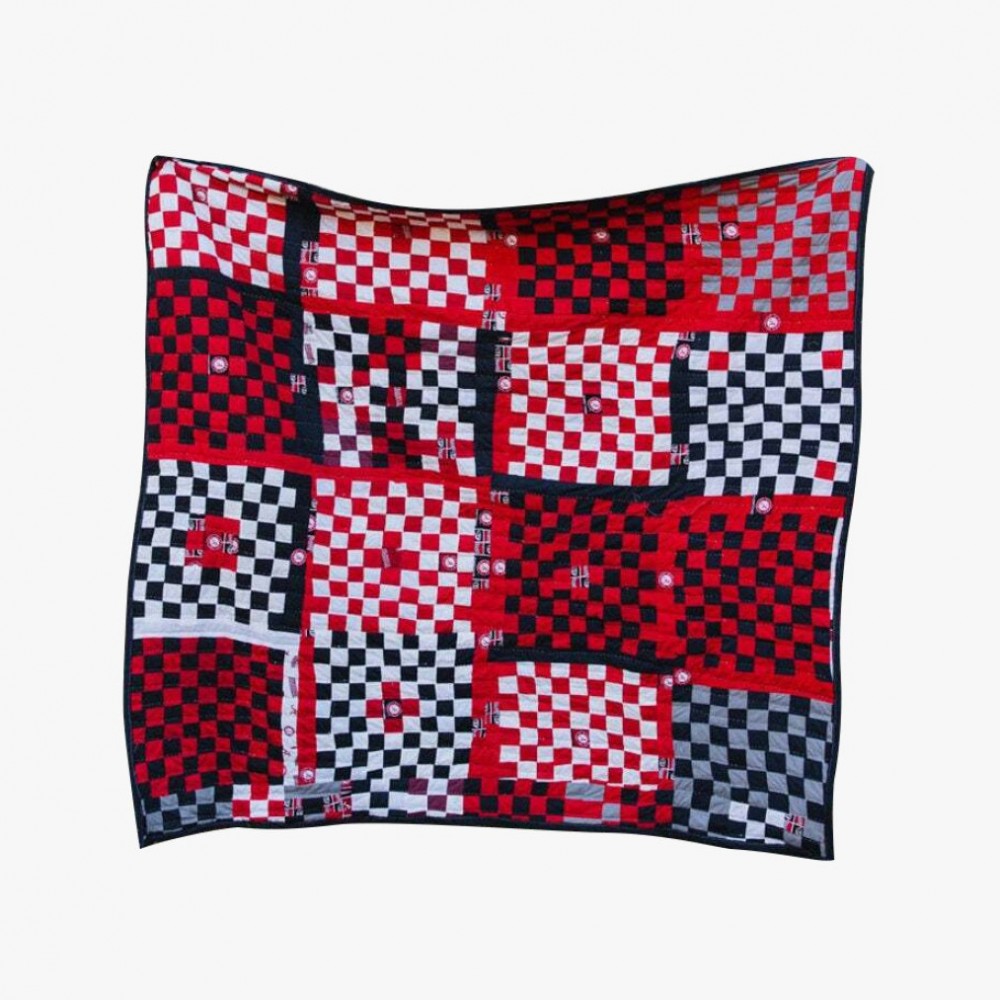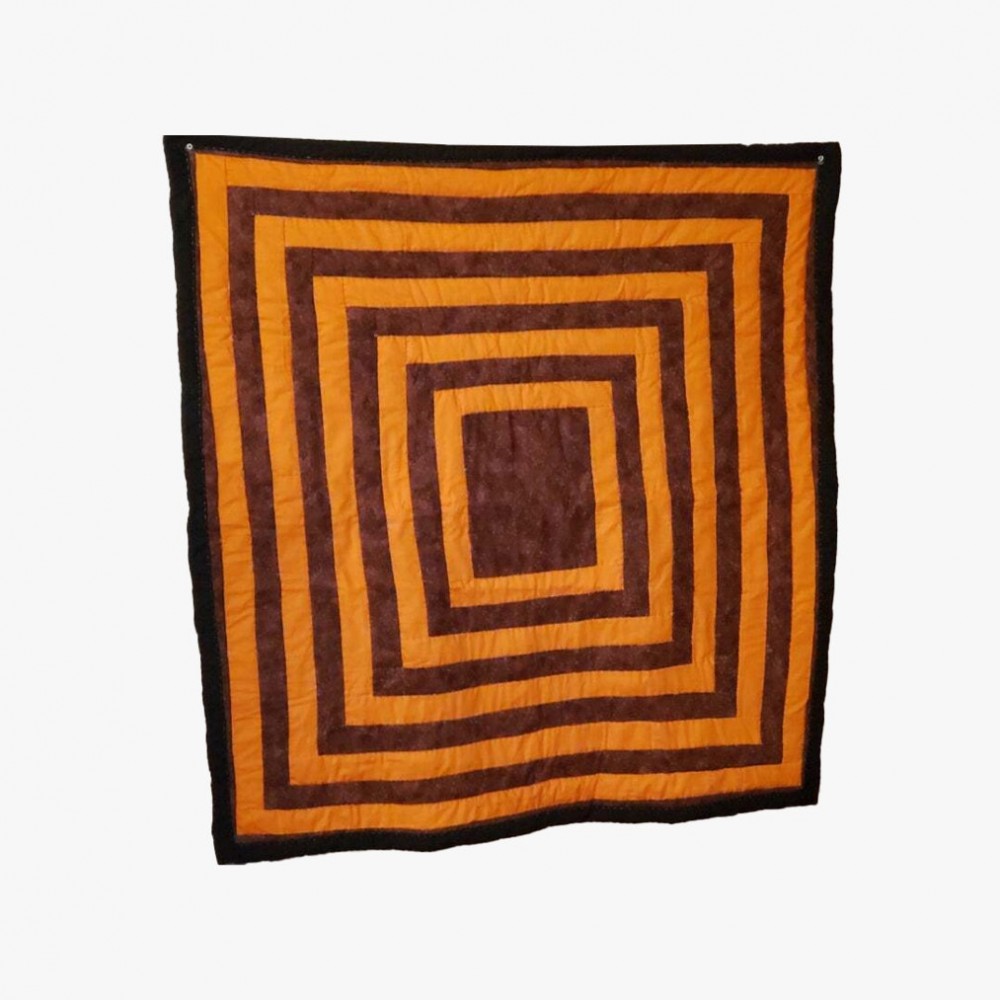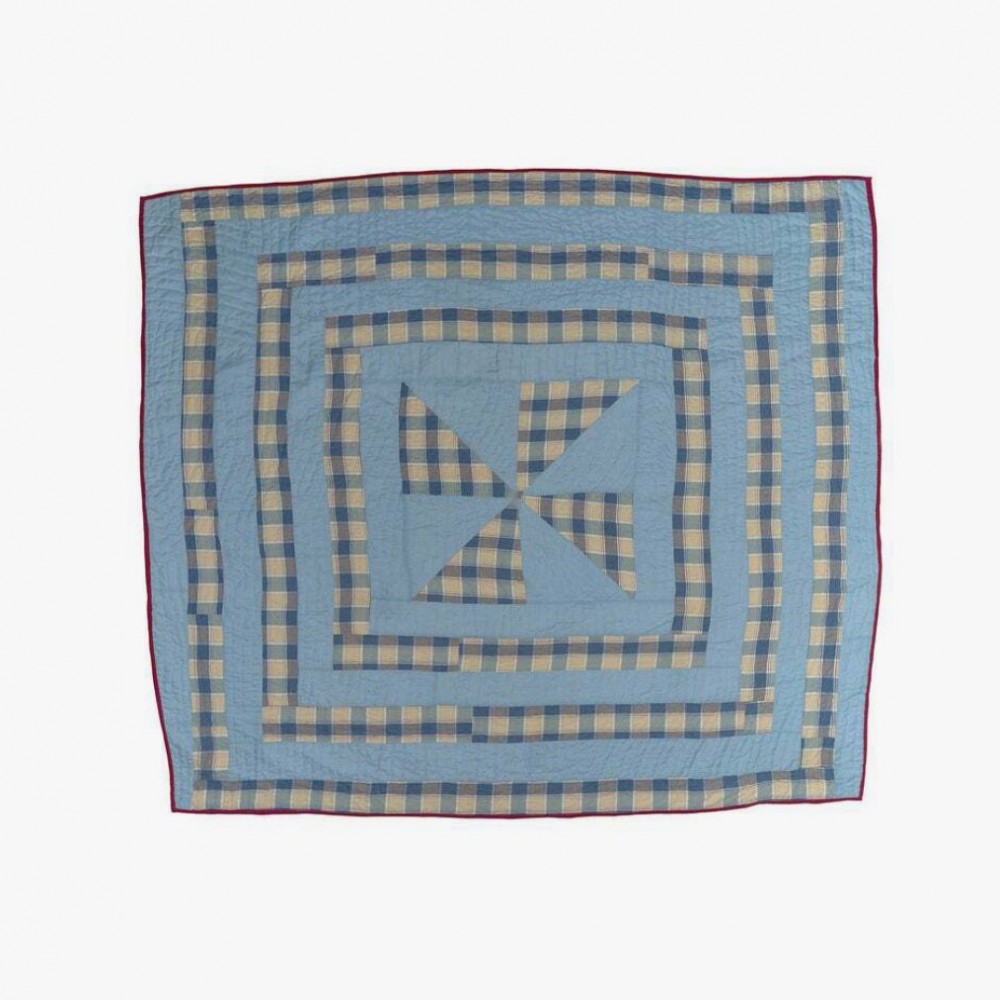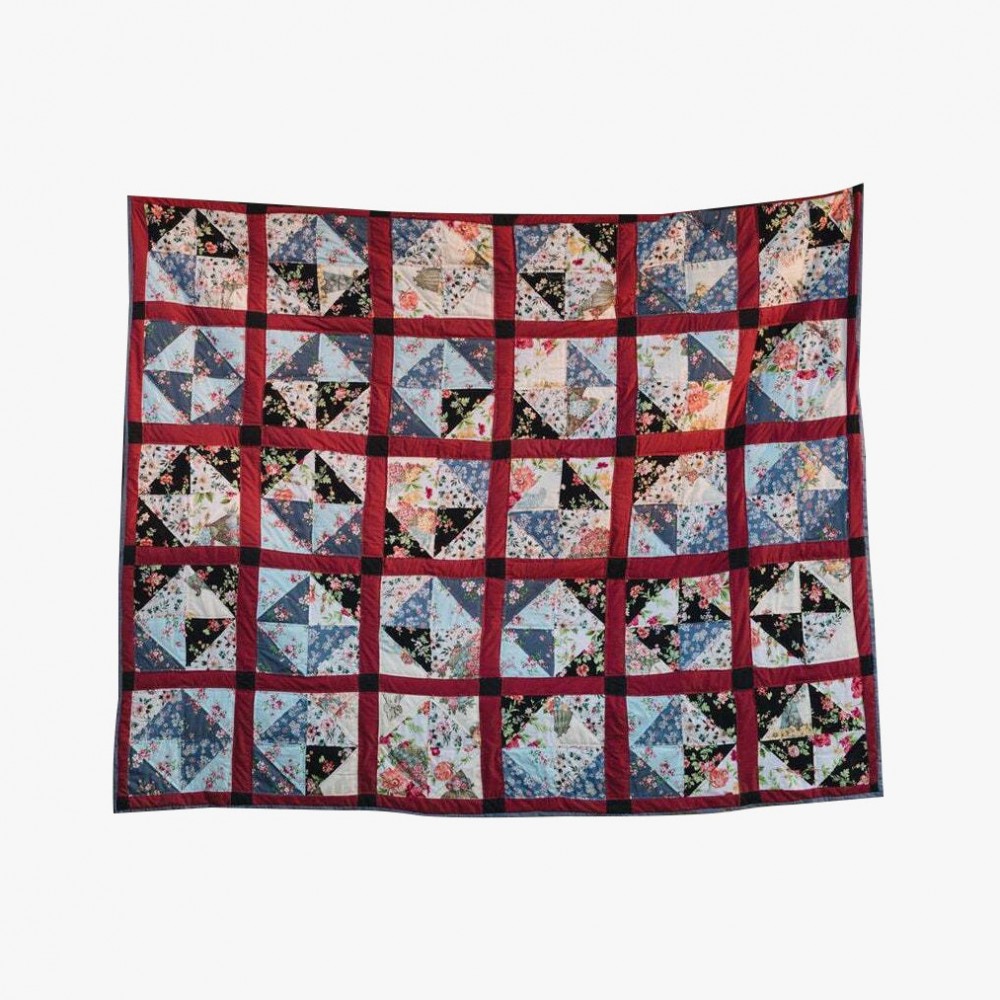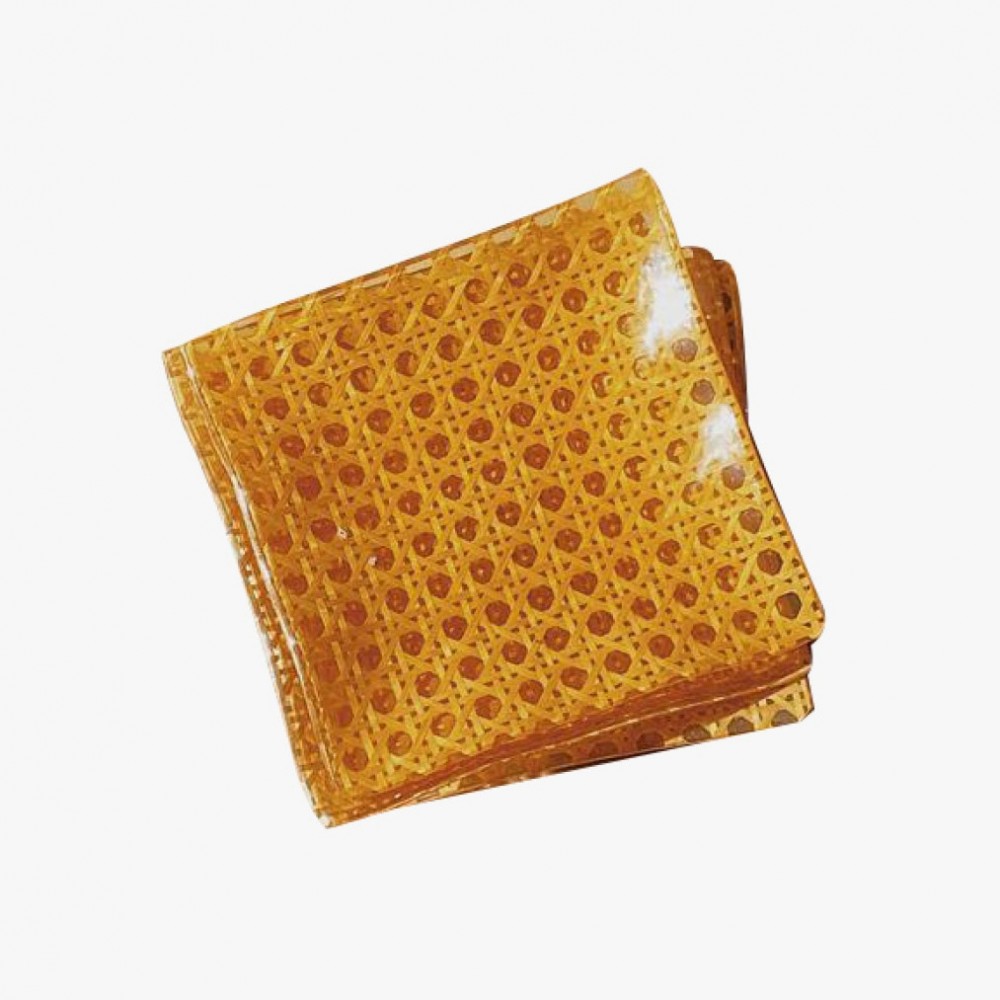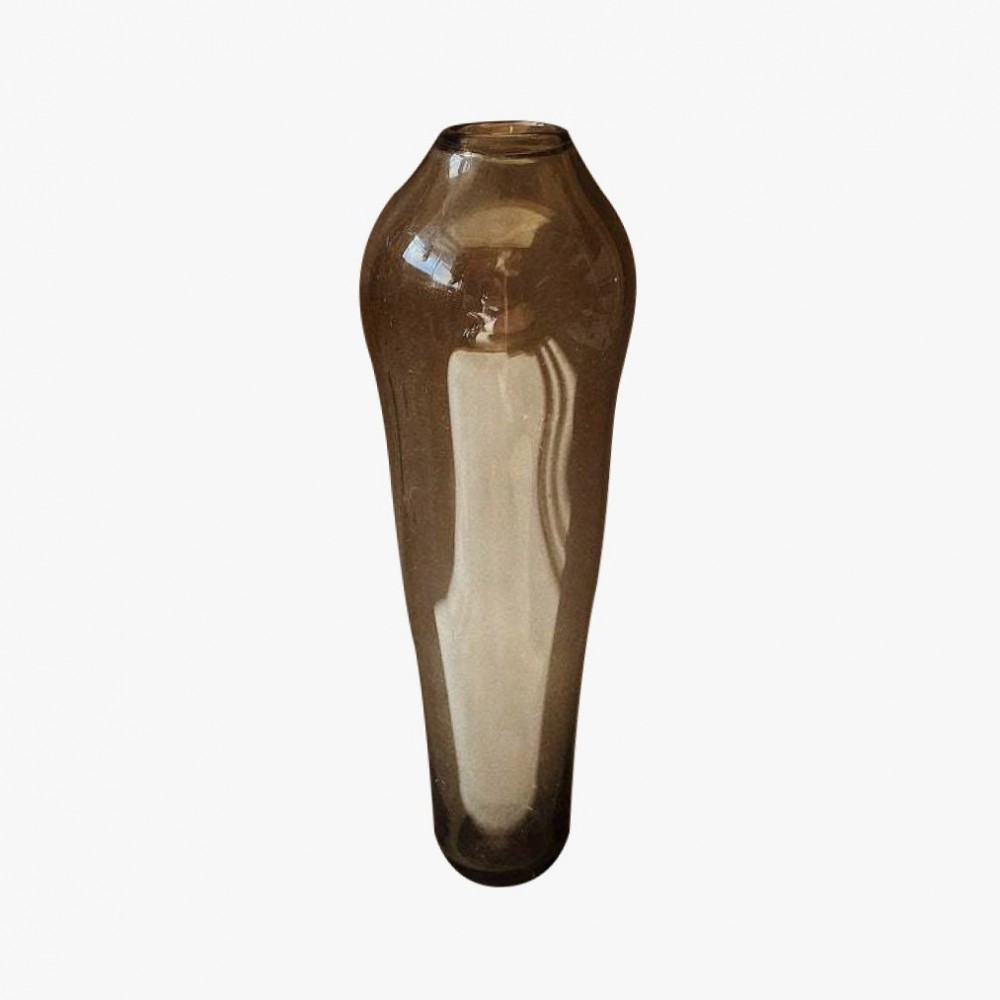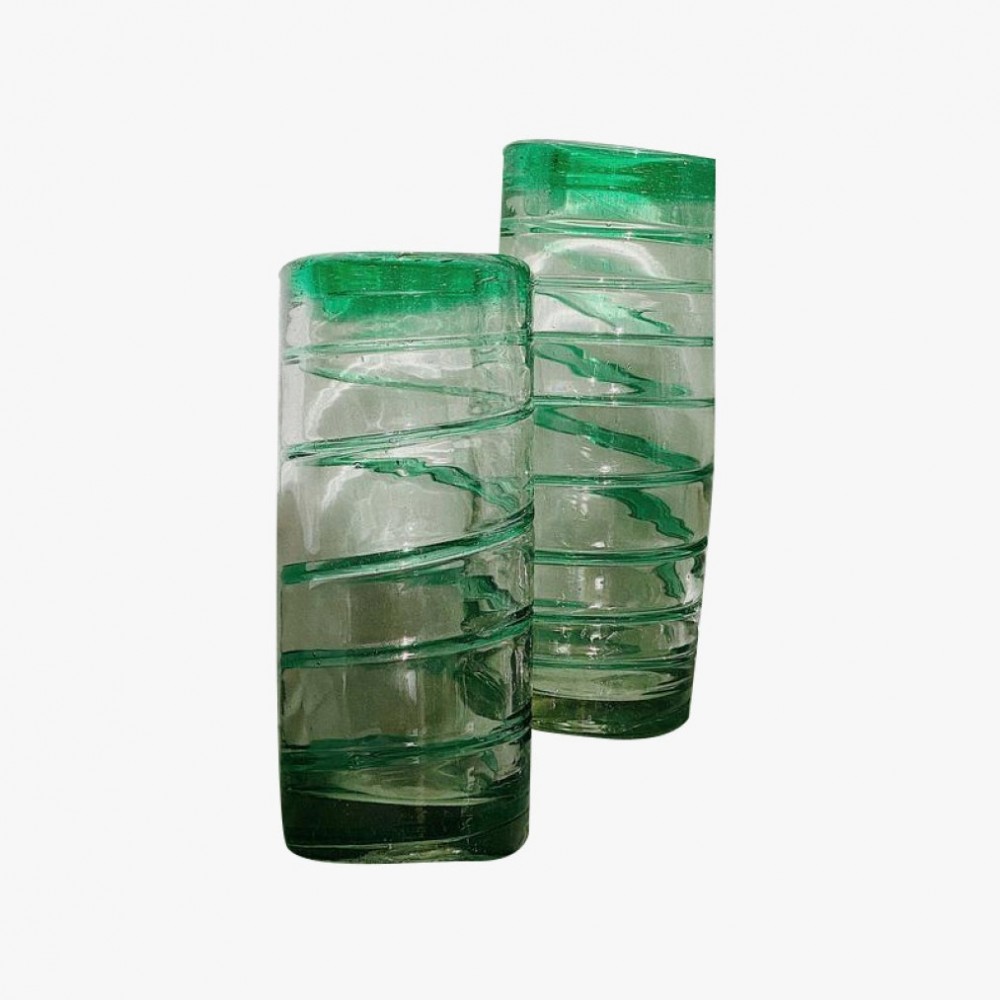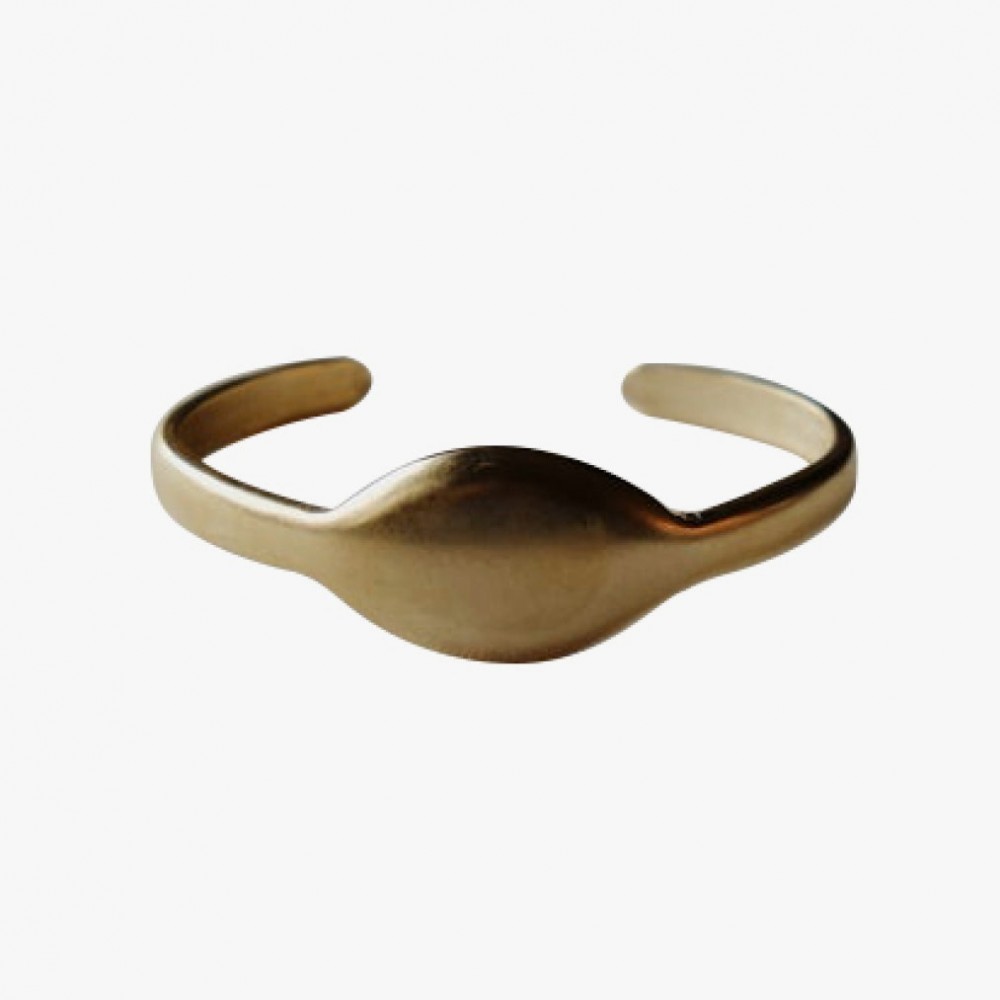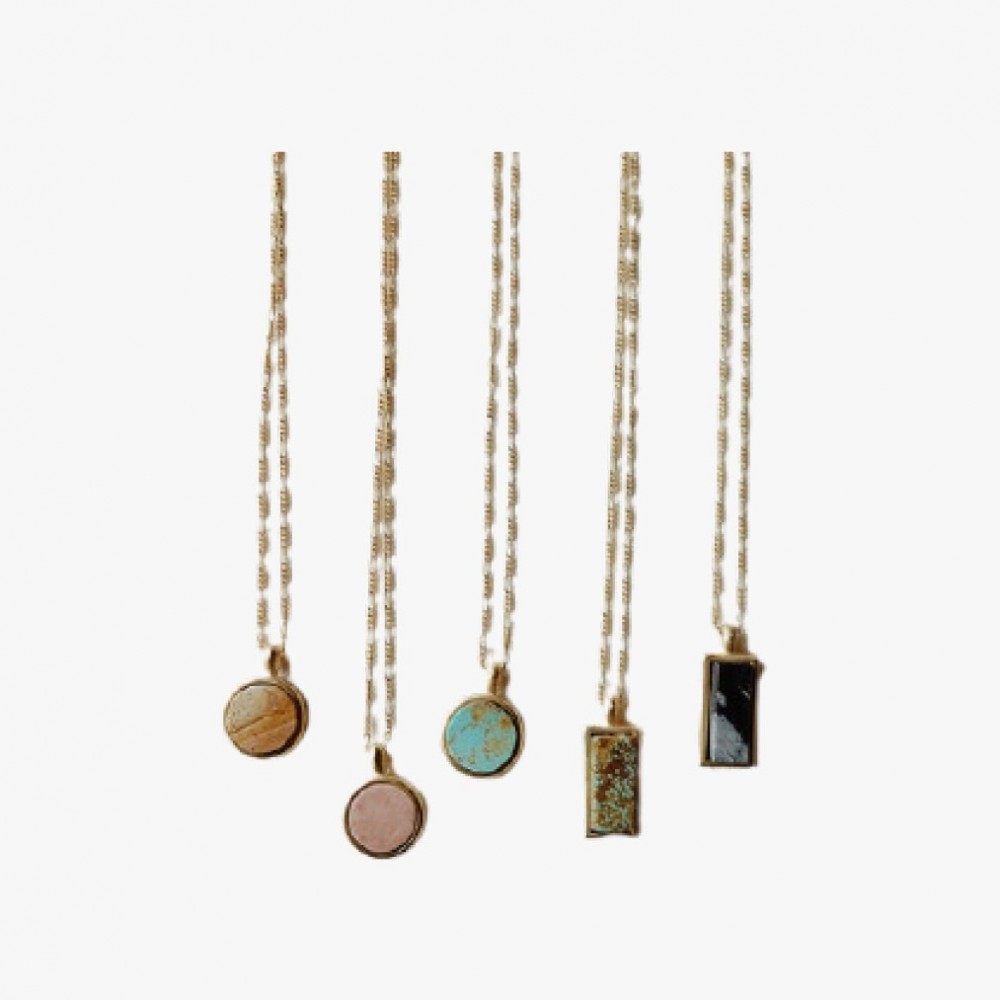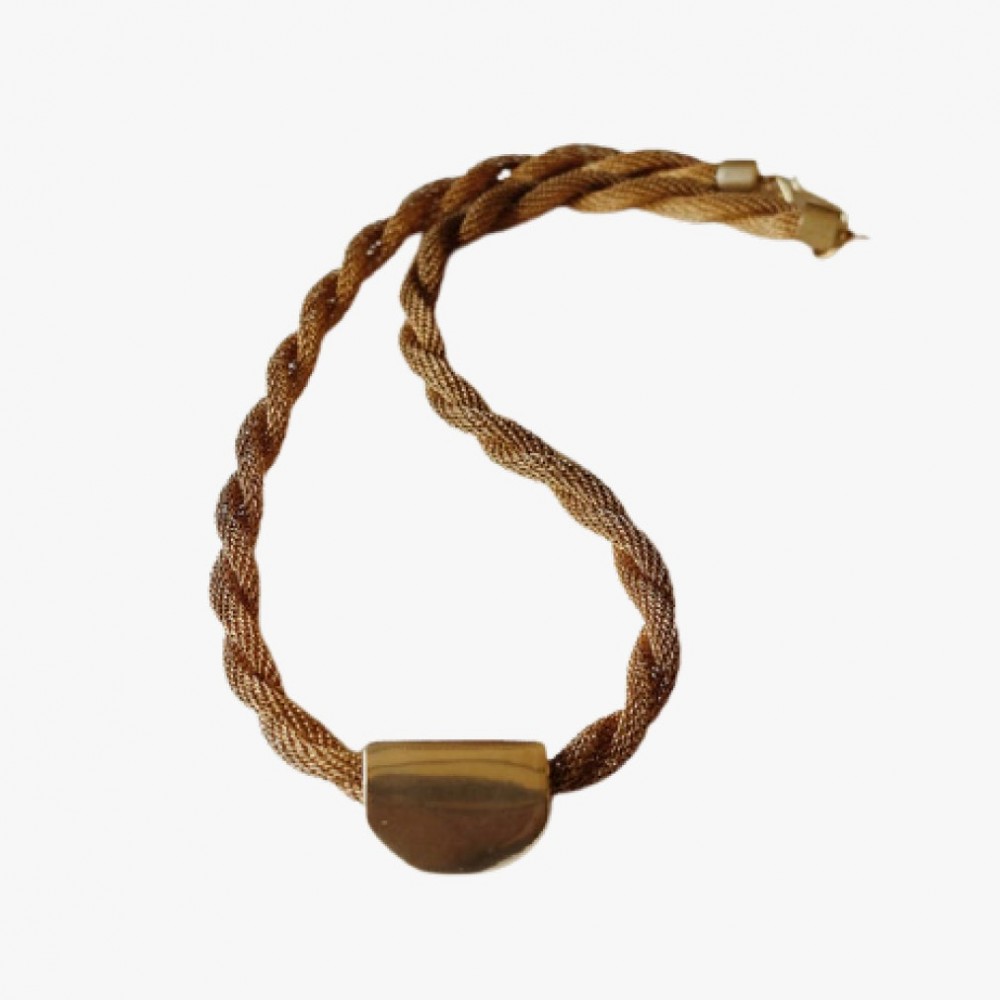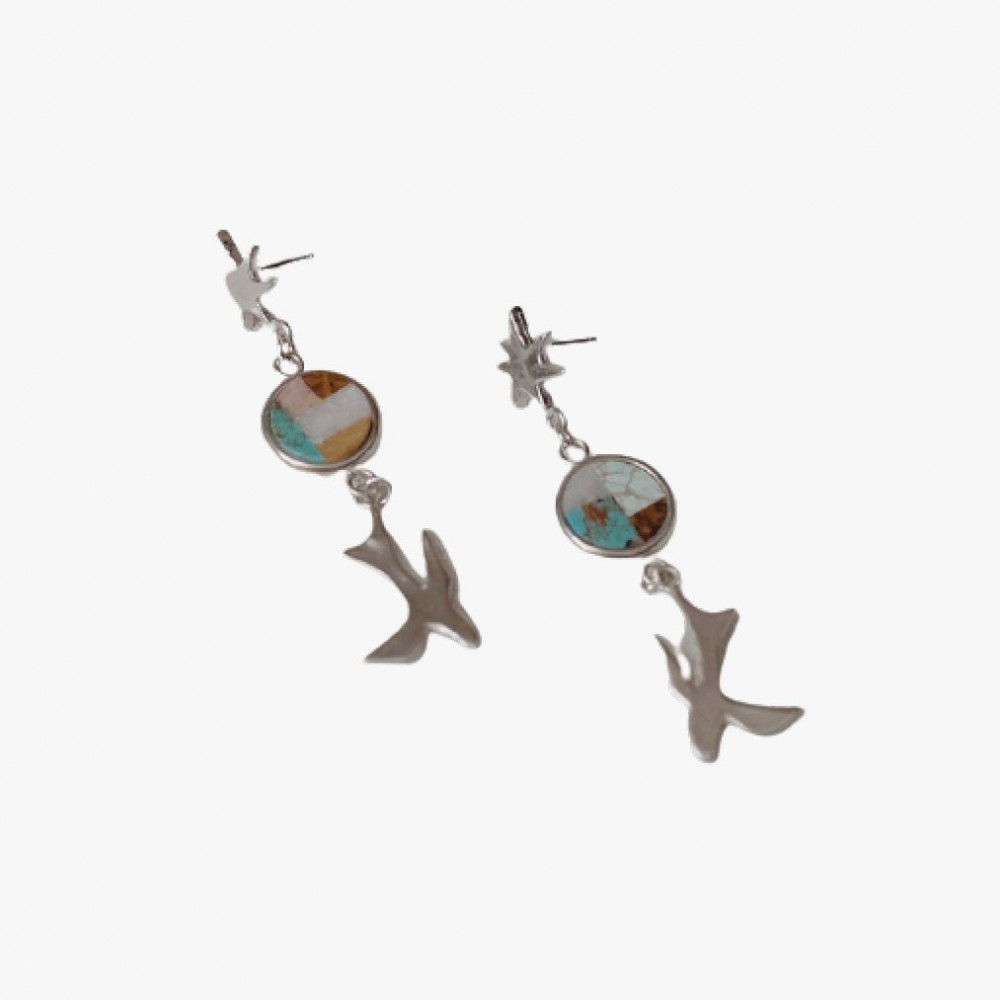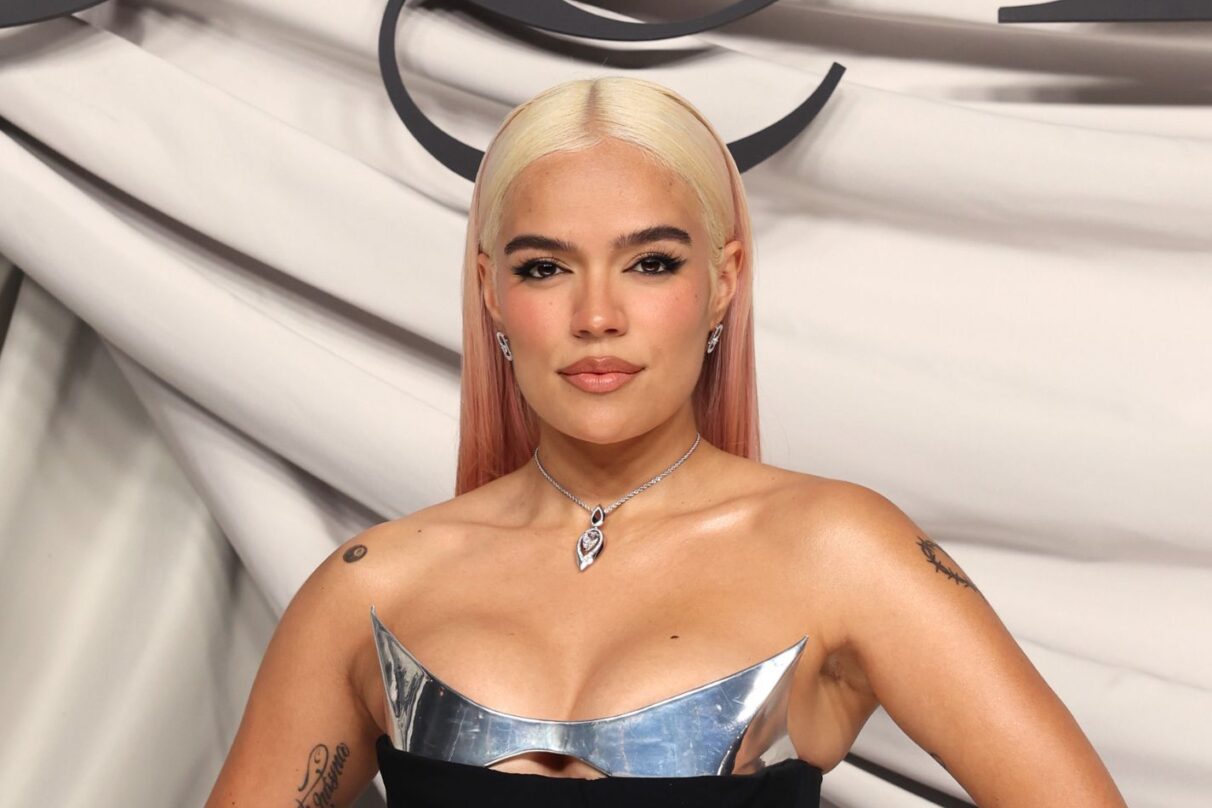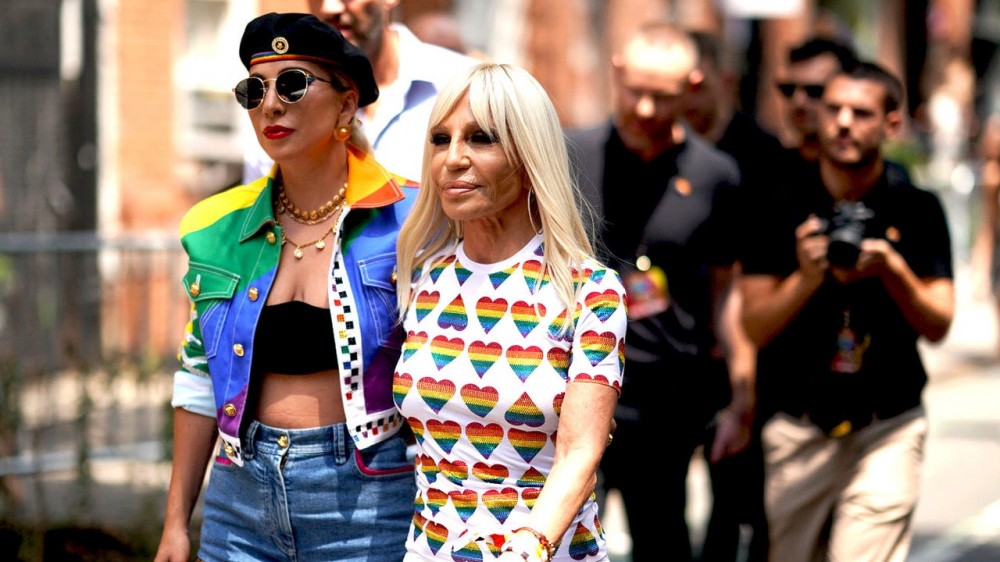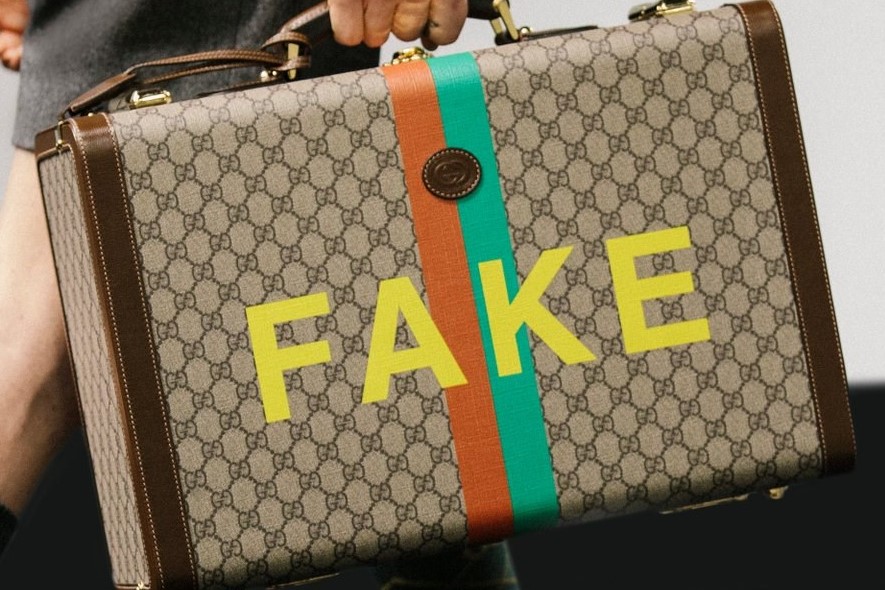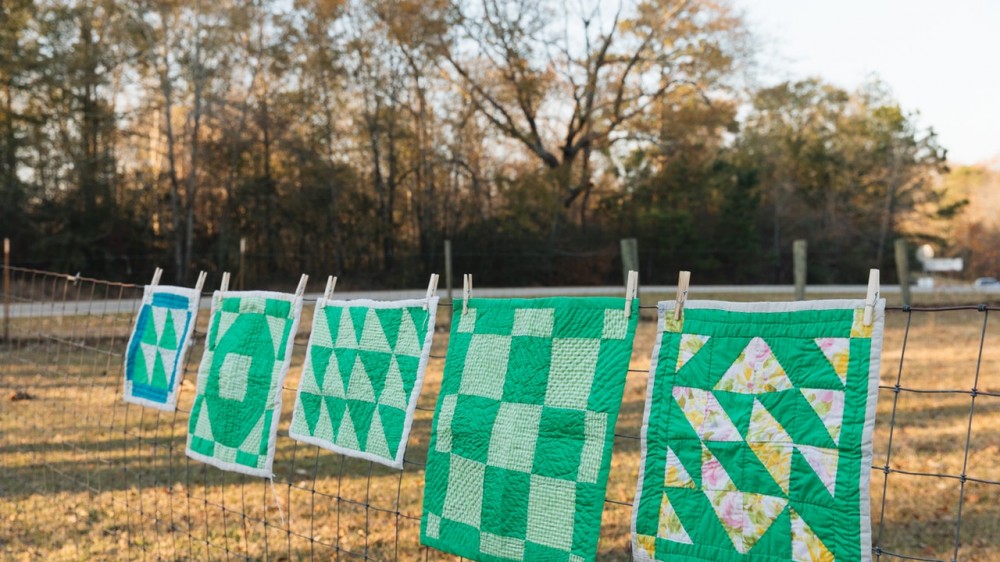
From Gee’s Bend Quilters to a Self-Taught Jeweller, How Small Businesses Are Staying Creative
It goes without saying that the events of the past year have disrupted the creative output of many artists and designers. For Salt Lake City-based jeweler Sarah Safavi, “the pandemic halted almost everything.” School closures meant she was the primary caregiver to her two daughters, which left little time for her eponymous line. Meanwhile, in O’ahu, Sam Feyen—a purveyor of antiques and vintage home goods—was unable to frequent her favorite thrift shops and had to source wares online. “It really took the fun out of it all,” she says. Down south in Boykin, Alabama, home of the Gee’s Bend Quilting Collective, artisan Mary Margaret Pettway explains how COVID has brought socially-distanced space to her historically tight-knit community.
We caught up with all three small business owners and asked them how they’re weathering the storm of the current moment—despite the closures and isolation, it seems that it’s impossible to quell true creativity.
Gee’s Bend Quilting Collective, Alabama
Mary Margaret Pettway, manager of the quilting collective, is in good spirits when we speak—or, perhaps more likely, she’s just always this warm and inviting. Before her lies a long line of quiltmaking ancestors who have made dazzling blankets in their tiny hamlet off the Alabama River. After her are her children, a daughter, 26, and a son, 23, who have both followed suit and taken up the quilting craft.
“Usually they just learn at the house, from the grandma and mom,” says Pettway in a soothing Southern drawl, but as their grandmother passed away when they were too young to quilt, they only received a few lessons from her. “I had an aunt who also taught them, and my neighbor across the street—she taught them because they used to stay over there.” It’s a patchworked education that reflects the pieced-together, color-blocked quilts the area is so celebrated for.
It’s understood that Gee’s Bend distinctive quilting traditions date back to the 19th century, when enslaved Black women collected scrap fabrics and arranged them into sophisticated quilts. They may have been influenced by Native American and African textiles, but Gee’s Bend developed its own design vocabulary, featuring color-saturated, graphic works, all crafted by hand. They’re revered as a significant contribution to Black and American art and visual culture, and are considered collector’s items.
Pettway calls the town, which is relatively isolated, an artist’s compound, with the shared lives and experiences ensuring these traditions live on. “My mother taught me,” she says. “Pretty much everyone down here grows up threading needles and sticking them up through the quilt. You get to make a stitch and if your stitches get good enough, you’re sitting across from your parents, quilting.”
The pandemic has forced her to work at home, meaning she’s no longer quilting in groups at the Gee’s Bend Welcome Center. Now she keeps her fabrics—which she sources from donations, old clothes, bought fabrics from Walmart—in bins around the house. It will take her about two days to finish a baby quilt, and up to two weeks to finish a king-size quilt. But that’s if her mind is on. “If your mind is out, now,” she adds, “a quilt can take up to two to three years to finish.”
While Pettway’s quilting is an analog art done by hand, she has recently begun embracing a new and more unexpected form of technology. As of this month, her quilts will be available on Etsy along with eight other (and counting) Gee’s Bend quiltmakers. The platform, in partnership with Nest and Souls Grown Deep, is looking to expand the collective’s reach and empower the artisans as small business owners: Pettway’s pieces can be found at the Etsy Shop named Her Lunky’s Baby.
It’s a development Pettway couldn’t be happier with. “It’s always great to scale,” she tells me. Shop her color-filled blanket designs and soon, a line of quilted facemasks.
Sam Feyen, Twin Urchins, Hawaii
As Feyen explains, her Hawaii-based vintage shop Twin Urchins came about in a roundabout way. Her primary creative medium is photography: follow her Instagram handle for sun-dappled beach photos both full of nature and minimalist in aesthetic. To perfect her photo compositions, she would prop style with vintage earrings or a shell-shaped ceramic. “I used my collected pieces as props for my photoshoots and then I wouldn’t know what to do with them. I thought someone, somewhere would love this in their home! and that’s where it all started,” she says.
After she gathered enough inventory, Feyen launched an online Etsy shop with a collection of wares and, of course, the product photography is not your average seamless backdrop shots. She describes her hand-picked assortment as “curated vintage pieces that’ll make your spaces feel warmer.” Shop for wobbly glass vases, carved animal figurines, and colorful drinkware.
Since relocating from Maui to O’ahu eight years ago, Feyen has sourced locally, and she laments not being able to do so for certain periods of 2020. “It really sucked being a thrifter during the pandemic because our source of inventory comes from our hunts,” she notes. “When the thrift stores, garage sales, and estate sales stopped there was no physical way of finding items to stock the shop so I had to be a bit more strategic and opt for hunting online.” She explains that this didn’t last for long, but “helped the shop stay afloat while Hawaii was on lockdown.”
As of late, Feyen has noticed the public leaning toward philosophies she’s long adopted. “Would we rather our money be spent on a small business or giant corporations? Would we rather it be on a unique one-of-a-kind item that will stand the seasons or something that’ll be a fad in the next month?” She also notes that her shoppers seem to hail from all over and her customer base is a varied one: “Vintage shopping is a crazy world that lures anyone from all walks of life.”
Sarah Safavi, Sarah Safavi Jewelry, Salt Lake City
Sometime around 2010 Safavi began to dabble in jewelry. At the time, she was disenchanted with her full-time hairstylist job and wanted to try something new. She began sourcing and selling vintage clothes and, in doing so, she came across deadstock jewelry supplies, chains, and charms. “I took a silversmithing class on a lark to figure out what to do with these supplies.” she says, “It just stuck.”
By 2013, she was making jewelry full time out of a studio she built for herself in her backyard. (She’s since moved houses and is underway with plans for another studio buildout.) Her aesthetic is one that reassesses what Southwestern jewelry can be. Yes, there’s sterling silver, and yes, there’s turquoise, but Safavi’s iterations also go far beyond the clichés. Pendants feature a mosaic of stones including turquoise, variscite, white agate, rhodonite, and jasper, while she crafts a bolo tie-esque necklace in yellow gold with a pale pink Rhodonite stone which only winks at the cowboy accessory.
Safavi is happy to admit that the pandemic has strained her productivity. She’s been helping get her two daughters through online school and “working on my business in small chunks of time where I could.” And with closed schools came the closing of retail businesses. “Last spring,” she says, “pretty much all the small shops and museums I retail with were closed and some didn’t open back up until the fall.”
Sales might have been briefly down, but it allowed her the opportunity to think more mindfully about where she wanted to dedicate her energies. “This has been such a creative year,” Safavi says. “Because my time to work has been spotty and inconsistent, I take it very seriously. I only want to be making pieces I love.” Her collection last fall was reduced in size and included reworks of jewelry she had previously crafted. “I sourced new stones to put in existing pieces,” she adds. “Little bits of stones that were left from larger pieces were used in creating the Peace sign and other mosaics. In many ways, I’ve been doing more with less.”
Smaller collections also allow her the chance to make commissions and one-offs designs. Recently, a customer came to her with a stone from her recently-sold family cabin. “It wasn’t a stone that would typically be used in jewelry,” says Safavi, “but it made her so happy to commemorate her history in this way.”

